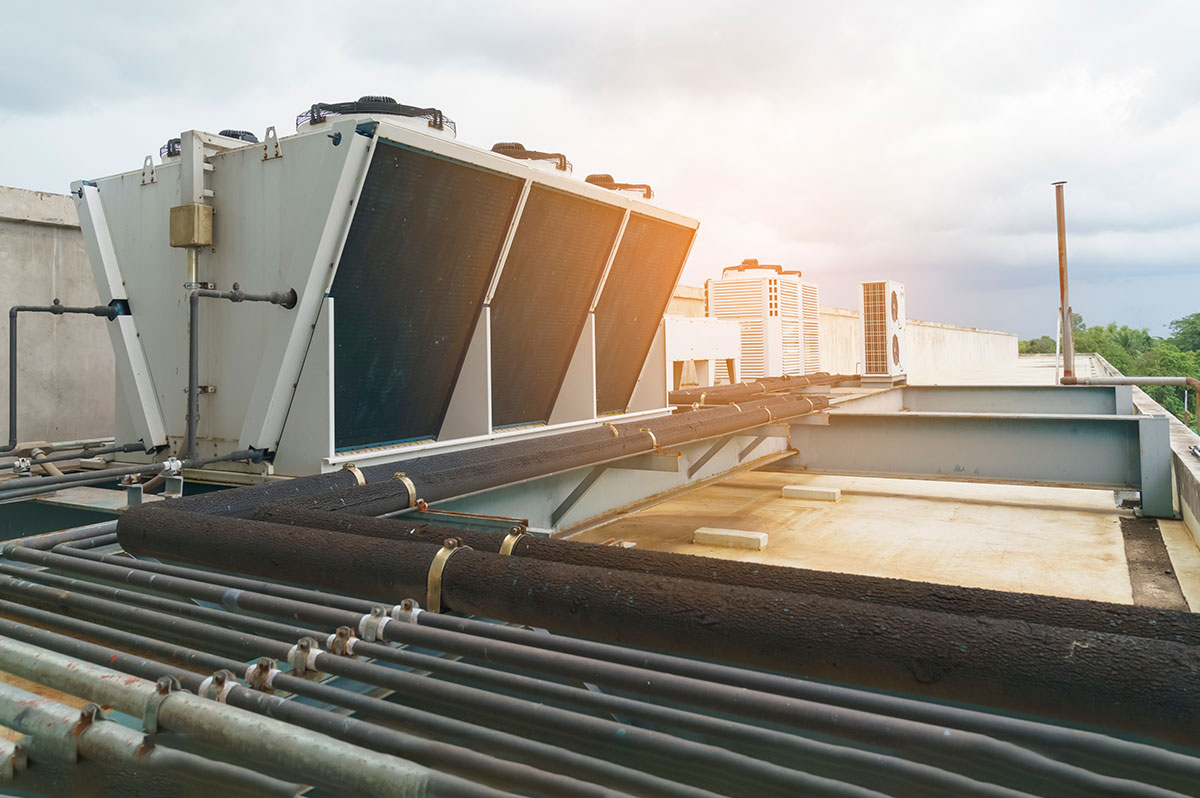Your rooftop is crowded. As far as your rooftop is concerned, your workforce may need to navigate next to steep drop-offs, over ledges, around cable runs, and past skylights. Putting a foot in the wrong place can have negative consequences, if you’re not careful.
As a commercial building owner or manager, it is your responsibility to provide a safe rooftop access system, safety equipment, and safety training for your maintenance workers, contractors, and building personnel. Here’s what you need to know.
Provide Safe Rooftop Access Systems or Suffer the Consequences
They say that “every safety rule is written in blood,” and the safety statistics for rooftop accidents bear this statement out. In the entire industry of building construction and maintenance, rooftops are one of the largest sources of accident, injury, and lawsuits.
- Between 1992 and 2009, falls from rooftops made up 33 percent of falling-related fatalities within the construction industry
- OSHA requires building owners to identify and safeguard any area where a worker may fall from a height of over four feet during maintenance
- Under OSHA rules, facility owners share liability with contractors in terms of providing worker safety – in other words, you aren’t immune to OSHA fines
- In a recent case, OSHA fined a company almost $150,000 for failing to provide fall protection and failing to inspect the job site for fall risks
In short, roofs are very dangerous, and safety boards such as OSHA take a dim view of building owners who fail to provide rooftop protections. As such, it’s important to adhere to best practices for rooftop safety.
What Are the Best Ways to Keep Rooftop Workers Safe?
Your first major concern is documentation. You may not be able to immediately safeguard every problem area on your roof, but you do have the power to communicate areas that rooftop workers should avoid. Although telling a worker not to work too close to the roof edge – or to avoid unprotected skylights – may seem self-explanatory, it’s a valuable foundation on which to build more permanent safety fixtures. Importantly, you need to give your workers notice of these problems in writing, and then keep a memorandum that you have done so.
Simultaneously, you need to take OSHA regulations into account. If your workers are exposed to drops, OSHA requires buildings to implement a combination of measures that guarantee worker safety. Each of the following can be used either on their own or in conjunction with other methods.
- If you have sufficient anchor points, you may want to consider mandating personal fall arrest systems (PFAS) designed to prevent falls of more than six feet. Importantly, guardrails are not sufficient anchorage points for PFAS – they need dedicated mounts.
- Guardrails are also an excellent choice for worker protection. Their only drawback is that many installation methods require penetrating fasteners that affect the integrity of the roof membrane. An elevated walkway with ballasted, non-penetrating fasteners can help solve this issue.
- Warning lines – simply brightly-colored cables set back from an unprotected roof edge – can be used to replace traditional fall protection, but they come with severe caveats. First, they can only be used on low-slope roofs. Second, they can only be used in conjunction with a rooftop safety monitor – an individual whose only job is to ensure that workers adhere to safety guidelines while on top of the roof.
Warning line systems and monitors can help keep workers away from the roof edge, but they can’t actually keep people from falling. Meanwhile, PFAS is the ultimate in fall protection, but it may be expensive and impractical for smaller maintenance tasks. Guardrails represent a happy medium, and they can make a rooftop very safe when used in conjunction with other rooftop equipment.
PHP Systems/Design Provides Safe Rooftop Access Systems
Guardrails provide a great deal of safety near the roof edge, but they’re only a piece of the puzzle. They need to be installed correctly, and they need to be used with other equipment in order to create a totally safe system.
- Rooftop crossovers and stairs help workers navigate over and around large piping, ducting, or other equipment
- Equipment supports and platforms help organize and safely store equipment
- Cable trays, pipe supports, and duct supports contain material that would otherwise be in the way and present possible hazards to workers
Used together, these systems create a rooftop that is safe and accessible, minimizing danger to workers while helping to preserve your investment in your commercial roof.




